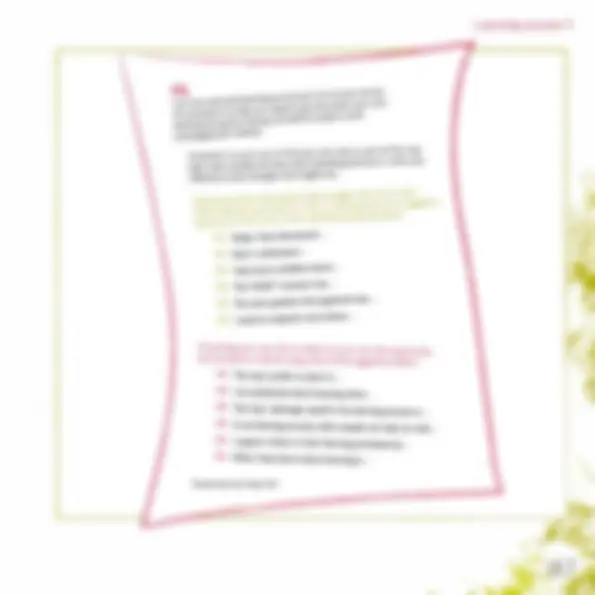




Study with the several resources on Docsity

Earn points by helping other students or get them with a premium plan


Prepare for your exams
Study with the several resources on Docsity

Earn points to download
Earn points by helping other students or get them with a premium plan
Community
Ask the community for help and clear up your study doubts
Discover the best universities in your country according to Docsity users
Free resources
Download our free guides on studying techniques, anxiety management strategies, and thesis advice from Docsity tutors
The benefits and implementation of using a learning journal as a tool for reflective practice in educational settings. It covers various formats, benefits, and adaptations for learners with different needs.
What you will learn
Typology: Lecture notes
1 / 4

This page cannot be seen from the preview
Don't miss anything!



Backstage preparation Igniting passion Awareness of learning Directing & planning Reflection on learning
A learning journal can have different formats and can be used in a variety of ways. The main idea is to give learners a tool to describe their learning and how they have learnt. The greatest value in writing a journal is the fact that you sit down, think about what you have experienced and give words to it. It helps you become aware of what you have learnt.
Another benefit of keeping track of your learning is that you can refer back to previous experiences and thoughts. It is a good way of remembering your learning. A learning journal can be daily, weekly or related to different events. But it definitely helps to have a rhythm.
The learning journal can be a nice-looking notebook that you give to par ticipants at the beginning of the project. People can carr y their journals with them during the activities, make notes and use those notes when talking to their peers. It is also possible to invite learners to write their journal online, as a personal blog. A blog can be kept strictly personal, or the par ticipants can invite a selected group of readers, or they can share their learning with the whole world (public blog).
Give par ticipants time and space in the project to write in their learning journal. You could, for example, set aside half an hour at the end of each training day to write down learning thoughts. It is impor tant to emphasise the impor tance of this individual reflection.
· To keep track of what you learn · To give words to what you have learnt · To reflect on your learning by writing
· Any
· Notebook or diar y for each par ticipant · Varies
Aims Group
Time
Step by step
Needs
Learning journal
Part II - Youthpass tools and methods
Learning journal 9
Identifying & documenting Describing outcomes Introducing Youthpass Role of facilitator
· People with limited linguistic skills or educational difficulties can express themselves by means of other media such as drawings, collages, pictures, etc. · Young people with visual impairments can use electronic tools to write down and read back their learning reflections. · The activity can be adapted or used in almost any context. It can also be translated into different languages or turned into an online application or blog.
· Give par ticipants the time and material to personalise their journals (e.g. different colours, types, decorations). That way, it becomes their own tool and you avoid mix-ups.
· Give tips and questions to star t off the reflection and paste them into the first page of each journal.
· Encourage par ticipants to use the journal when discussing their learning with peers. · You can also use peer-reflection, where two or more par ticipants reflect on their learning in pairs or in small groups. The journal can be an excellent tool for exchanging ideas and suppor ting each other’s learning reflections.
Adaption
Tips